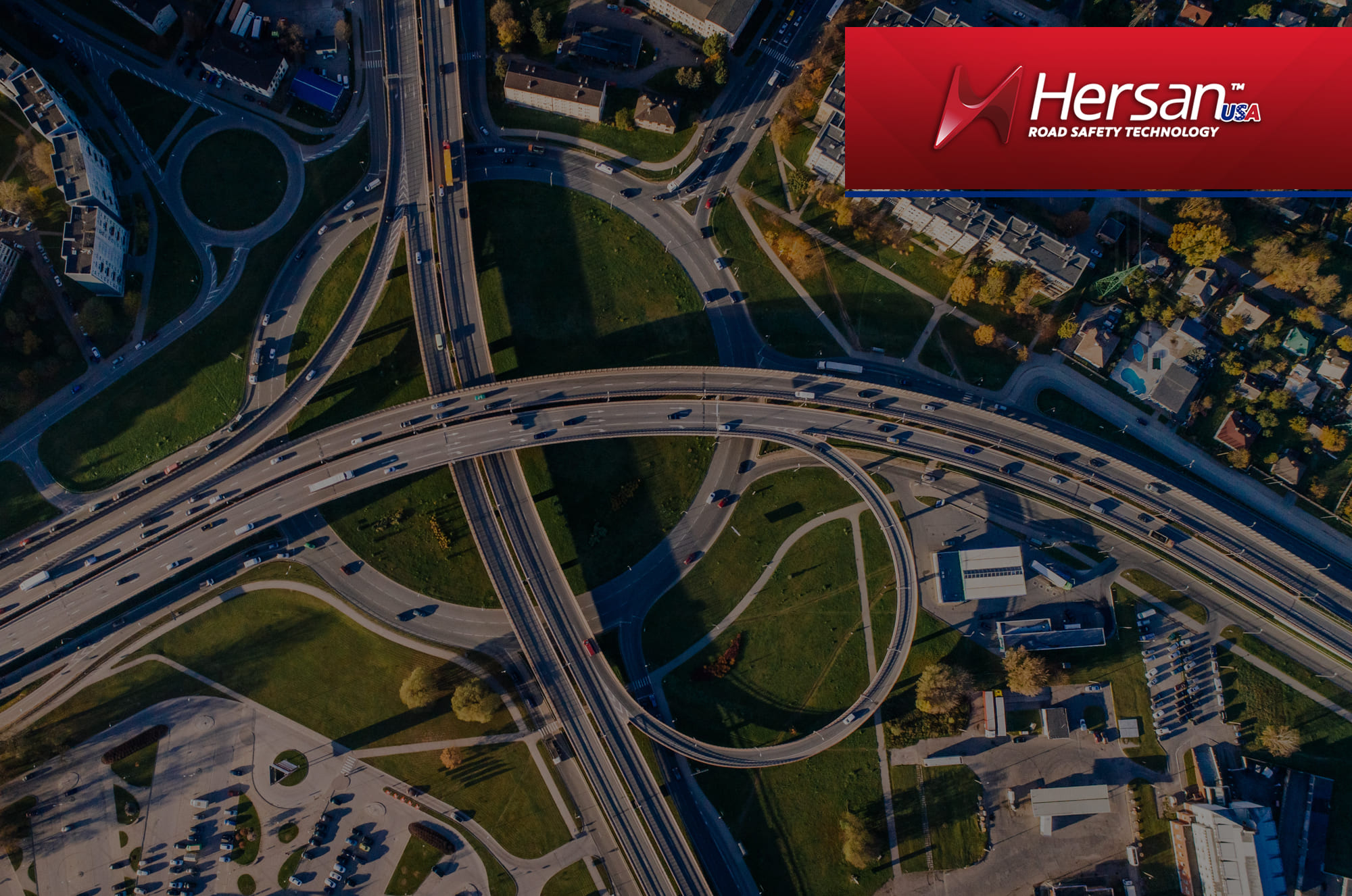Geometric road design is the determination of the visible features of a road. These parameters include pavement, horizontal and vertical alignment, slope channeling, intersections, and other features.
Its importance lies in meeting the needs of drivers, ensuring vehicle safety, driving comfort, and efficiency for all users. There are also other related factors depending on the project to be carried out. The road design must be consistent with the intended functional classification of the road and adapt to the characteristics and needs of all its users. Likewise, related factors are considered based on the project.
Some of the most important characteristics to consider in geometric road design are:
- • Cross-section elements.
- • Gradient.
- • Intersection.
- • Sight distance considerations.
Geometric road design is influenced by the following parameters:
- • Vehicle characteristics.
- • Driver behavior.
- • Driver psychology.
- • Traffic characteristics.
- • Traffic volume.
- • Traffic speed.
Regarding the severity of movement and accidents, these can be greatly reduced if an adequate design is implemented, as the primary objective of geometric design is to achieve maximum efficiency during the traffic operation period and maximum safety. All these features should be achieved with maximum cost and construction economy. Unlike pavement construction, the planning process is carried out in advance.
It is also important to discuss the factors that affect geometric road design, which are:
- • Design speed.
- • Topographical factors.
- • Etc.
One of the most important factors affecting geometric road design is design speed. This design speed parameter affects the following:
- • Length of vertical curves.
- • Horizontal curves.
- • Sight distances.
About speed: It is a parameter that varies greatly depending on the person driving the vehicle, the type of vehicle, the topography, etc. This is the main reason why design speed is taken as a primary factor in geometric road design. The highest continuous speed, given favorable weather conditions, facilitates travel and makes it safer, which we will call design speed. Similarly, legal speed is the speed at which drivers tend to travel beyond a safe speed. Desired speed is the maximum speed a driver can travel when limited by local geometry or traffic.
As mentioned earlier, speed is an important factor that brings various types of variations. This requires having different design speeds for vehicles to meet the requirements of all vehicle drivers.
Regarding topographical factors: this is the second most important factor affecting geometric design. For flat terrain, it is very easy to build a road according to standards. As the terrain and slope increase, construction costs will rise for a specific design speed. From another economic angle, and to keep construction costs and time under control, geometric standards vary according to terrain or topography, resulting in steeper gradients and sharper curves.
Other factors affecting geometric road design include:
- • The vehicle.
- • The human factor.
- • The environment.
- • The economy.
- • Traffic.
- • Etc.
Due to the evolution and discovery of new materials and technologies, large quantities of vehicles are currently being manufactured, ranging from small units to heavy-duty vehicles. In this regard, axle weight, vehicle dimensions, and vehicle characteristics significantly influence geometric road design aspects. These design aspects involve pavement width, clearances, curve radii, and parking geometry. To facilitate this requirement, a vehicle design with standard weight, operational characteristics, and dimensions is established. This will help set design controls to accommodate the designated vehicle type.
Regarding the physical, mental, and psychological characteristics of humans: this factor significantly affects geometric road design and should always be considered with reasonable value based on previously collected and recorded traffic data.
When developing a geometric design, it is crucial to consider environmental concerns such as noise and air pollution. In this type of design development, all the factors mentioned throughout the blog, such as natural and economic factors, are considered. This should be included within the allocated capital and maintenance costs. The geometric road design should be such that the overall aesthetics of the environment are not affected.
Visit "our page" for more information.
Follow us on social networks


